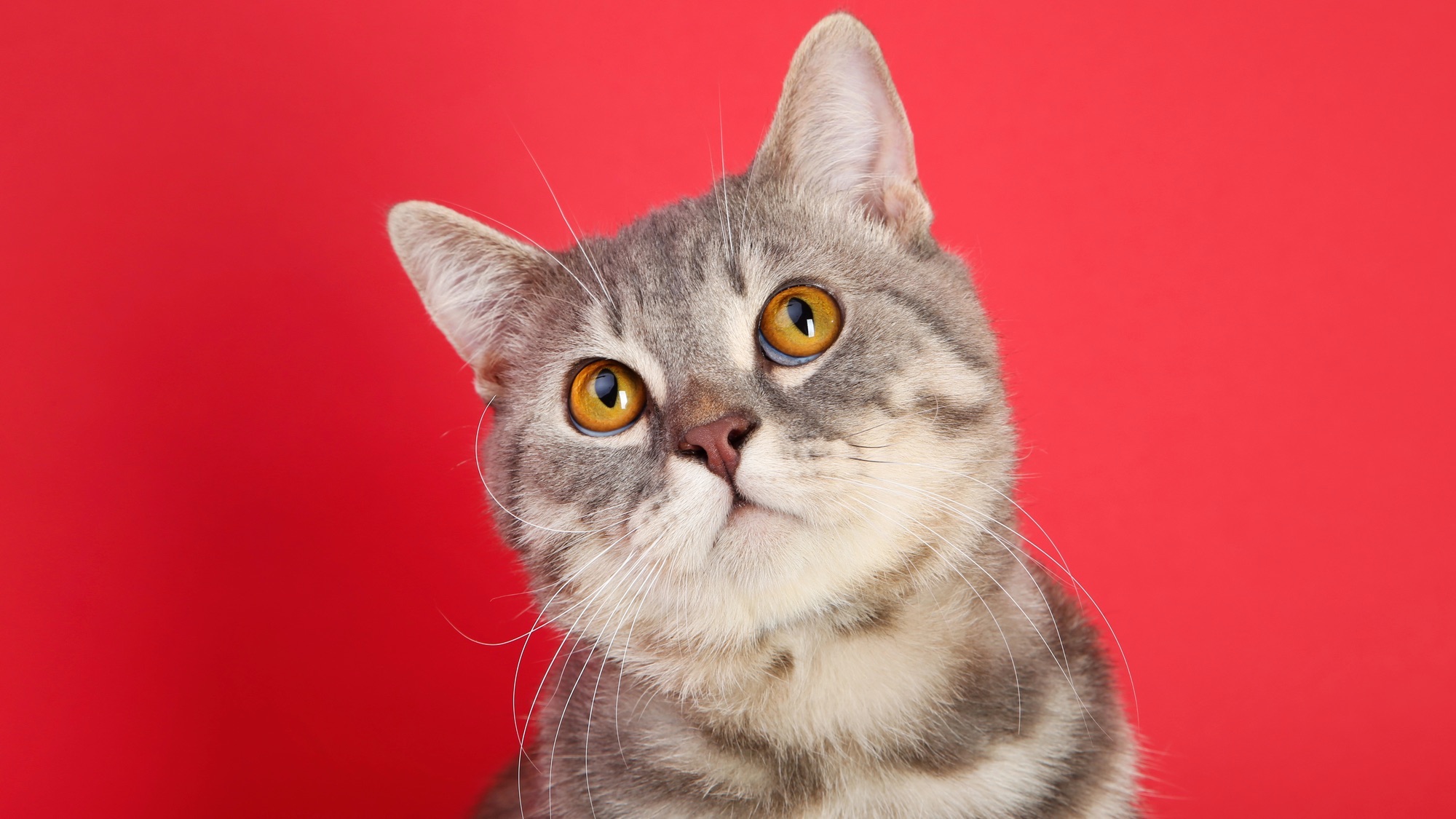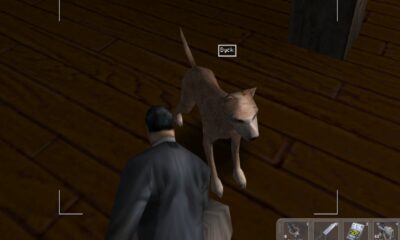Gadgets
Why do cats make biscuits?

When cats are not demanding to go outside and then immediately back inside, bringing home half-dead animals, or purring contentedly as you recover from their presents, they enjoy a favorite activity known as “making biscuits.”
For those unfamiliar, “making biscuits” is when a cat pushes its front paws into their owner or nearby furniture while looking completely relaxed. But what exactly goes on in a cat’s mind during this activity? Let’s explore the science behind it.
Biscuit-making in kittens
The behavior of “making biscuits” starts early in a cat’s life, according to Danielle Gunn-Moore, a professor of feline medicine at the University of Edinburgh and a proud owner of two Maine Coon cats, MacDuff and Brora.
After a female cat, known as a queen, gives birth to kittens, the newborns’ main focus is on the underside of their mother’s belly, where the mammary glands are located. Gunn-Moore refers to this area as the “milk bar.”
“In order to stimulate milk letdown, kittens need to knead the milk bar,” explains Gunn-Moore. This behavior is common among mammals, similar to a calf nudging its mother’s udder during feeding. By kneading their mother’s mammary glands with their paws, kittens trigger the release of milk, satisfying their primary need at this early stage of life.
Gunn-Moore explains that as adult cats engage in “making biscuits,” they are reminiscing about their kittenhood and participating in an activity that brings them joy. In some cats, this behavior is accompanied by excessive drooling.
“Cats begin weaning their kittens around four weeks of age,” says Gunn-Moore. As kittens transition to solid food over the following month, some mother cats allow continued suckling. Suckling serves as a bonding behavior between mother and kitten, facilitated by the release of the feline appeasing pheromone (FAP) by the queen. This pheromone helps kittens relax and bond with their mother, reducing conflicts over teats and reinforcing “making biscuits” as a pleasurable experience.
Excessive biscuit-making in cats
In some cases, excessive “making biscuits” in cats may indicate premature weaning as kittens, according to Gunn-Moore. When a mother cat decides feeding time is over, she will stand up, signaling the end of the meal. Kittens may protest this, but the lack of reward leads to a disassociation between “making biscuits” and pleasure.
Kittens that experience an abrupt weaning process may develop behavioral issues, such as over-bonding with their human and engaging in excessive suckling that can lead to biting. While this behavior is harmless with a mother cat, it can cause harm to a human’s skin, requiring intervention from a feline behaviorist.
Despite the potential for excessive behavior, the underlying message of “making biscuits” is positive. Cats engage in this activity with those they trust and feel safest with, as Gunn-Moore explains. “Making biscuits” is a common behavior among cats and can even be observed in larger felines like lions.
By observing the happy expression on a cat’s face while “making biscuits,” owners can understand that their feline companions are enjoying themselves. According to Gunn-Moore, cats feel happy, relaxed, and bonded to their person during this activity, reinforcing the trust between them.
-

 Destination8 months ago
Destination8 months agoSingapore Airlines CEO set to join board of Air India, BA News, BA
-

 Breaking News9 months ago
Breaking News9 months agoCroatia to reintroduce compulsory military draft as regional tensions soar
-

 Tech News11 months ago
Tech News11 months agoBangladeshi police agents accused of selling citizens’ personal information on Telegram
-

 Gadgets3 months ago
Gadgets3 months agoSupernatural Season 16 Revival News, Cast, Plot and Release Date
-

 Productivity11 months ago
Productivity11 months agoHow Your Contact Center Can Become A Customer Engagement Center
-

 Breaking News9 months ago
Breaking News9 months agoBangladesh crisis: Refaat Ahmed sworn in as Bangladesh’s new chief justice
-

 Toys11 months ago
Toys11 months ago15 of the Best Trike & Tricycles Mums Recommend
-

 Gadgets7 days ago
Gadgets7 days agoFallout Season 2 Potential Release Date, Cast, Plot and News

















